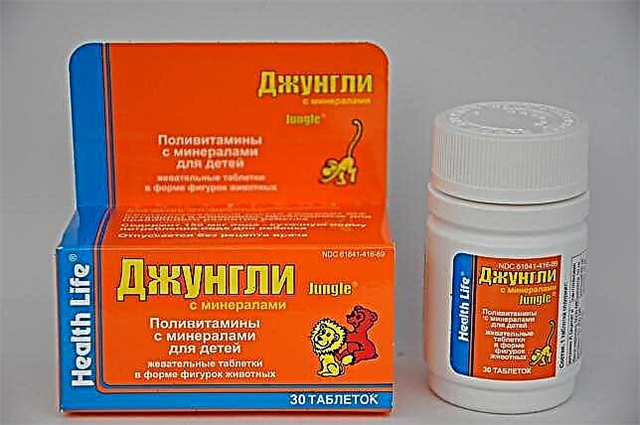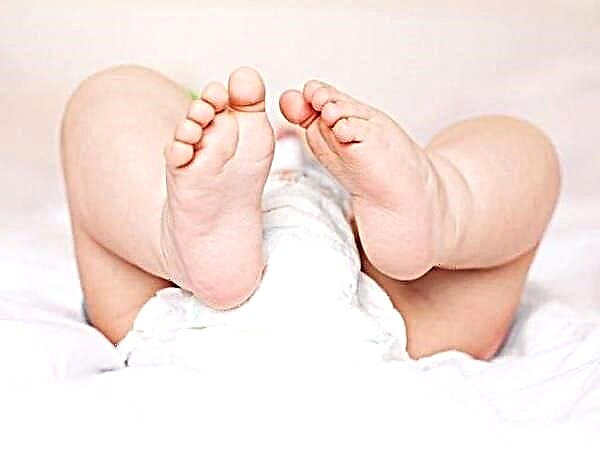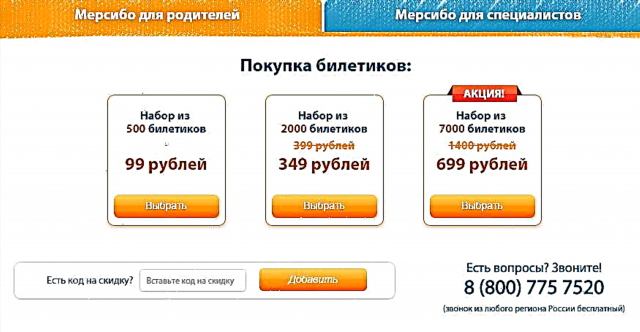
Parasites can start in the body of any person - both an adult and a child. Parasitic diseases are diverse, since they are caused by a variety of creatures that parasitize in humans. In children, pinworms, roundworms and other helminthic infestations are most common.
Doctor Komarovsky talks about how to recognize parasitosis in a child and how to get rid of it.

Who is affected?
In childhood, the most common parasites are pinworms. The disease they cause is called enterobiasis. Small white worms with a length of 5 to 10 mm are attached to the intestinal wall with a suction cup on the head. A child cannot catch pinworms from cats and dogs, and therefore the statement of grandmothers that "from a cat there will be worms" is fundamentally false. Pinworms live only in humans and are transmitted only to humans.
Enterobiasis is very contagious. And therefore, all children, without exception, are at risk, both those who attend kindergarten or school, and those who are still being raised at home, although the first group of children has a much higher chance of infection.

Pinworms reproduce and spread by eggs, which the females lay not in the intestine, where they live, but at the exit, since there is air there - in the anus. Thus, the eggs of parasites fall on the linen, on the clothes, on the hands of the child, because he is constantly trying to scratch the bottom. Itching is caused by isovaleric acid, which females secrete when laying eggs.
Spreading very quickly, worm eggs can live anywhere, even in house dust and be quite active, causing more and more infections.
Most often, enterobiasis affects children aged 5 to 10 years. Up to 2 years old, they are quite rare.


About the parasite
The most comfortable place for pinworms in the human body is the walls of the small intestine. The eggs of the worm always enter the digestive tract by the oral route - through the mouth. Even aggressive gastric juice does not kill them. As a result, the eggs enter the small intestine, where they hatch.
After individuals adhere with their mouths to the intestinal wall, they begin to actively feed on the contents of the intestine and swallow blood from the blood vessels of the intestinal wall lining damaged by them.

Having reached puberty, the pinworms mate, the males then die. They are no longer biologically necessary. Females with eggs are sent a month later to the rectum, where conditions are more adequate for the survival of the offspring. They mostly come out only at night, each female can lay up to 20 thousand eggs per clutch, after which she dies.
Eggs develop quickly - sometimes a few hours are enough for them to reach the larval stages.
Eggs are not afraid of antibiotics or chlorine, and the only thing that has a detrimental effect on them is direct sunlight.
Most likely, this explains the low prevalence of enterobiasis in countries with hot and sunny climates.
Helminthiasis in children
As already mentioned, parasites are different. All of them are united by the term "helminthiasis" or "helminthic invasions". In addition to pinworms, roundworms can affect a child, and then the disease will be called ascariasis. To designate certain parasitic diseases, depending on the type of parasite, there are other names - ankylostomosis, trichocephalosis, toxocariasis.
In total, there are about 250 parasites that can infect humans, but only 50 of them are common. These are roundworms - nematodes, and flat flukes, and tapeworms, and worms, and annelids. It is the latter that are considered the most "childish" - these are pinworms, roundworms, trichinella.
Some are transmitted with the soil, vegetables and fruits grown on it, some must necessarily change two or three hosts (for example, live in the body of fish or cattle, pigs). Some, like pinworms, are transmitted only by contact.
It follows that a child can become infected with water, when eating poorly washed vegetables and fruits, insufficiently thermally cooked meat or fish, as well as in violation of hygiene rules that require washing their hands more often.
According to the official medical statistics of the Ministry of Health of Russia, helminthiases are found in about 2% of the country's population, with the majority of those infected being children.


Signs and symptoms
The manifestations of different parasitic ailments can be different. But it should be understood that all the symptoms are uncharacteristic, there is no specific clinical picture.
Signs of helminthic infestations are the reaction of the child's immunity to the presence of a parasite in the body. Usually these are toxic-allergic reactions, as well as a lack of vitamins and nutrients.
In other words, if a child suddenly begins to inexplicably lose weight, complain of weakness and poor health, if he suddenly has an unclear allergy in any form, this is a reason to visit a doctor and diagnose the presence of parasites in the child's body.

In severe cases, the child's liver and spleen enlarge, fever and pain in mice are observed, the stomach often hurts, there are intestinal disorders, a dry allergic cough may appear, not caused by a cold or a viral infection.
The child becomes apathetic, he gets tired quickly, complains of a headache. Often, he has iron deficiency anemia that has become possible due to a violation of the absorption processes in the small intestine.
If a child has parasites, then the effectiveness of vaccinations decreases, immunity remains weak.
If the baby falls ill with something else, then helminthic invasions can worsen his condition.

The first and surest sign of pinworm infection is considered unbearable itching in the anal area. It will intensify at night, and subside somewhat during the day. If the child scratches the anus, then the addition of a bacterial infection is possible. Girls may have frequent vaginitis. In the child's feces, a mother can, looking closely, notice white worms - dead and still living females. The dead have already laid their eggs. Alive - not yet.
If the disease is already running and there are a lot of individuals, the child may feel sick, his tummy often hurts, sleep is disturbed, babies become irritable, whiny. But the night grinding of teeth in a dream (bruxism) has nothing to do with worms, says Komarovsky, despite the fact that representatives of the older generation stubbornly argue that since the baby creaks his teeth at night, then he must have worm infestations.


Diagnostics
Evgeny Komarovsky claims that the only reliable method for determining helminthic invasions in a child is to donate feces for eggs to the helminth. Such an analysis is carried out in any city, rural and even village hospital. Pediatricians usually do not have any difficulties with the definition of enterobiasis and without laboratory diagnosis, since they are the only parasites that have more or less vivid clinical symptoms.
In this case, the worm may not be observed in the scraping of eggs, but in the feces they will be found in any case if the child is infected.
Therefore, parents should give preference to the analysis of feces, rather than express scraping.

With the diagnosis of other parasitic diseases, such modern methods of laboratory research as serological blood tests, ELISA, RIF, and histological coprology help. The search area can be large-scale, especially if the parasite is not very common - they take scrapings from the skin, study the composition of vomit, sputum, urine and blood.
Sometimes an allergist helps to establish the truth, who with the help of skin tests can find out which helminth antigen the child has a reaction to. If there is a suspicion that the worms have already caused harm to the child, and some internal organs are damaged, ultrasound of the abdominal organs, FGDS, colonoscopy and other examination methods are performed that will help establish the location and nature of the damage.


Treatment and prevention
Despite the fact that the twenty-first century is in the yard, many parents prefer to treat nterobiasis and other helminthic infestations with folk remedies of a vegetable sense. Evgeny Komarovsky argues that such methods are significantly inferior in their effectiveness to pharmaceutical drugs with an anthelmintic effect. Also, folk remedies are not guided by different types of parasites, which can generally exclude any effectiveness.
Komarovsky does not advise parents to self-medicate. The doctor will help you choose the right remedy based on the child's age, state of health and the severity of the helminthic invasion. For treatment, the same means are usually used as for adults, but in lower dosages.

Modern drugs do not require long-term treatment, sometimes 1-3 tablets are enough. But still, the doctor advises to repeat the course in a couple of weeks in order to "finish off" individuals and larvae that could not be destroyed in the first course. Often parents ask whether it is possible to give the child such drugs for prevention. Doing this is impractical, says Komarovsky.
If there is no problem, no pills are needed. If there are no complaints, “just in case” such funds are not provided.
The problem, according to the doctor, is that mothers often do not have enough free time to visit a doctor and have a feces test if they suspect parasites, and therefore it is easier for them to give the child a couple of pills and forget about their worries. This approach is incorrect, since it is imperative to establish not only the fact, but also the name of the parasite.
In the next video, Dr. Komarovsky will dispel all the myths about worms.



